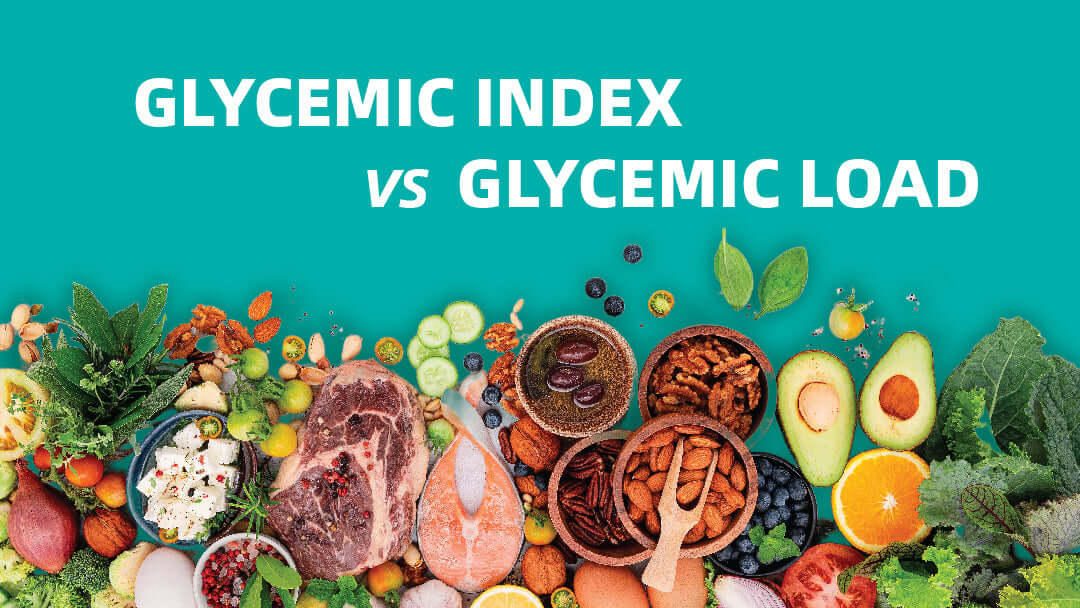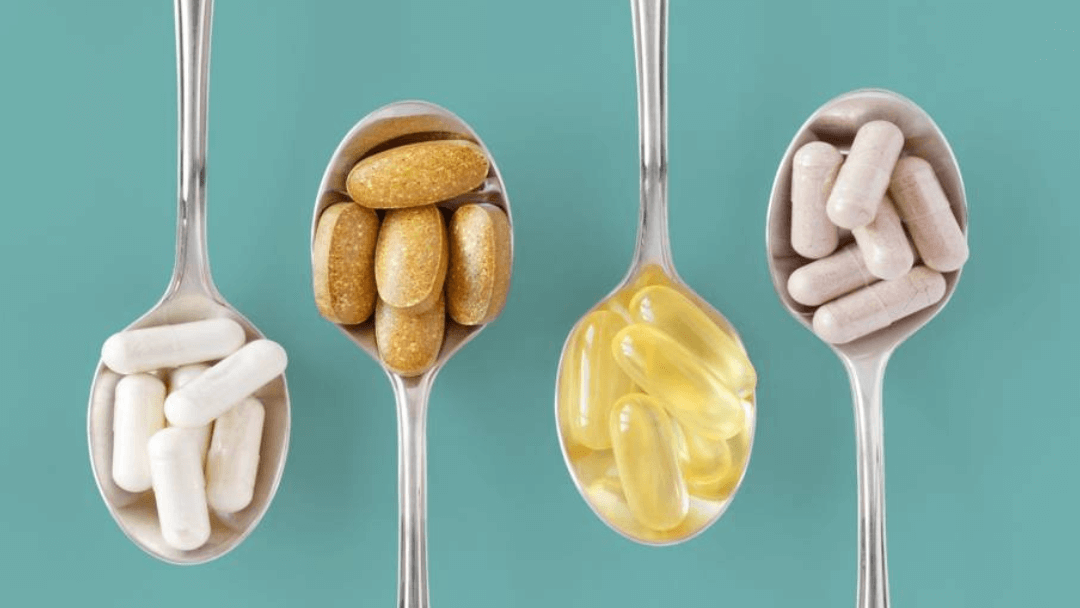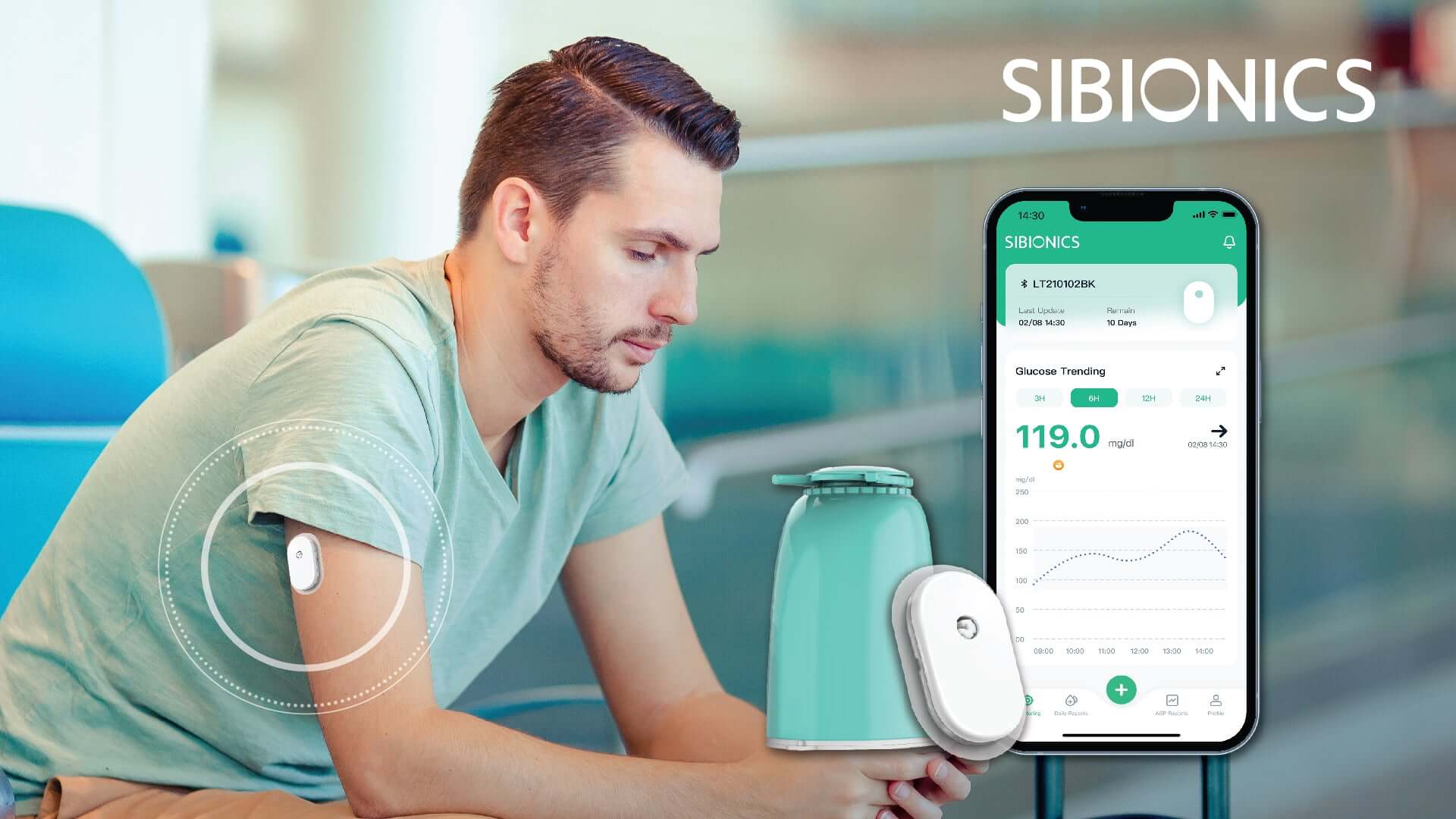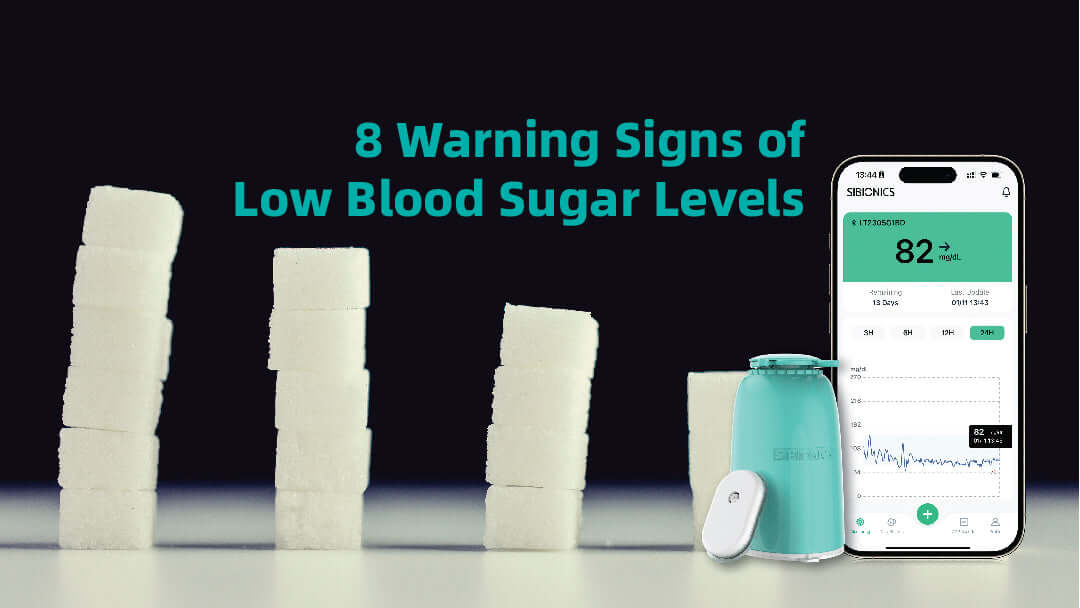In the ever-evolving landscape of nutrition, understanding how different foods affect our bodies is crucial. One key aspect often discussed is the glycemic index (GI) and glycemic load (GL). These terms are not just jargon for nutrition enthusiasts; they play a vital role in managing glucose levels and overall health. In this article, we will unravel the mysteries behind the glycemic index and load, exploring their impact on your glucose levels and why this knowledge matters.
- Understanding the Glycemic Index (GI)
The glycemic index is a numerical scale that ranks carbohydrates based on their effect on glucose levels. Foods with a high GI are rapidly digested and absorbed, causing a quick spike in glucose. On the other hand, low-GI foods are digested more slowly, leading to a gradual and steady increase in glucose.
High-GI foods include white bread, sugary cereals, and processed snacks, while low-GI options encompass whole grains, legumes, and most vegetables. Incorporating low-GI foods into your diet can help manage glucose levels, providing sustained energy and reducing the risk of type 2 diabetes.
Image Source: https://www.weekand.com/healthy-living/article/whole-wheat-bread-good-glucose-18024821.php
- Delving Deeper: Glycemic Load (GL)
While the glycemic index is a valuable tool, it has its limitations. It doesn't account for the actual amount of carbohydrates consumed. This is where the glycemic load comes into play. GL takes both the quality and quantity of carbohydrates into consideration, offering a more accurate picture of a food's impact on glucose.
To calculate the glycemic load, multiply the glycemic index of a food by the amount of carbohydrates in a serving and divide by 100. This nuanced approach helps individuals make better-informed dietary choices. For instance, watermelon has a high GI but a low GL, indicating that while it may cause a quick spike in glucose, the overall impact is moderate due to its low carbohydrate content.
- Why Does It Matter?
Understanding the glycemic index and load is especially crucial for individuals with diabetes or those aiming to maintain stable glucose levels. Consistently consuming high-GI and high-GL foods may contribute to insulin resistance and an increased risk of diabetes.
By incorporating low-GI and low-GL foods into your diet, you can support weight management and reduce the likelihood of developing chronic conditions. Additionally, these dietary choices can provide sustained energy levels, preventing the energy crashes associated with rapid glucose fluctuations.
- Practical Tips for Implementation
- Choose whole grains:Opt for whole grains like brown rice, quinoa, and oats, which have a lower GI and provide more nutrients than refined grains.
- Include lean proteins: Combining carbohydrates with proteins can lower the overall glycemic impact of a meal. Choose lean protein sources like poultry, fish, tofu, or legumes.
- Embrace fiber-rich foods:Fiber slows down the digestion and absorption of carbohydrates, promoting a gradual rise in glucose. Include plenty of fruits, vegetables, and legumes in your diet.
- Monitor portion sizes: Be mindful of the quantity of carbohydrates consumed. Controlling portions can help manage the overall glycemic load of a meal. Take advantage of theSIBIONICS GS1 Continuous Glucose Monitoring (CGM) Systemto gain real-time insights into your glucose levels. This waterproof device provides 24/7 monitoring for up to 14 days, offering a hassle-free way to manage your glucose levels effectively at home.
Conclusion
In summary, the glycemic index and load are crucial tools for informed dietary decisions and maintaining stable glucose levels. Including low-GI and low-GL foods supports overall health, lowers the risk of chronic diseases, and ensures sustained energy. With the aid of SIBIONICS GS1 CGM and user-friendly SIBIONICS app, understanding your body's responses to various foods and activities in real-time becomes painless, enabling optimized control over time. Seize control of your nutrition, comprehend the mysteries of the glycemic index and load, and empower yourself to make choices that positively influence your well-being.
FAQS:
Q: What is the Glycemic Index (GI)?
A: The Glycemic Index (GI) is a numerical scale that ranks carbohydrates based on their effect on glucose levels. It measures how quickly a carbohydrate-containing food raises glucose. High-GI foods cause a rapid spike, while low-GI foods lead to a gradual increase in glucose.
Q: What is the Glycemic Load (GL)
A: The Glycemic Load (GL) takes into account both the quality and quantity of carbohydrates in a serving of food. It provides a more accurate picture of a food's impact on glucose than the GI alone.
Q: What is the difference between glycemic index and load?
A: The glycemic index (GI) measures how quickly a food raises glucose, while glycemic load (GL) considers both the quality and quantity of carbohydrates in a serving. GI is about the speed, while GL provides a more comprehensive view of a food's impact on glucose.
Q: Does high glycemic index mean high glycemic load?
A: Not necessarily. High glycemic index indicates a rapid glucose spike, but glycemic load factors in the amount of carbohydrates. Some high-GI foods may have a low glycemic load if the serving size is small.
Q: How do you calculate glycemic load?
A: To calculate glycemic load, multiply a food's glycemic index by its carbohydrate amount in a serving, then divide by 100. This formula accounts for both quality and quantity of carbohydrates.
Q: What is the healthiest glycemic index?
A: The optimal range is 55 or lower, though most vegetables and legumes are in the low/medium range of 55-69 which is still healthy. The highest risk foods are those with a GI over 70.
SIBIONICS GS1 CGM-systém kontinuálního monitorování glukózy

26.200 Ft
14denní nepřetržité monitorování glukózy Vysoce přesné údaje ze senzoru Exportovatelné sestavy AGP Sdílitelná data o glukóze v reálném čase Přizpůsobitelný glukózový alarm Uživatelsky přívětivá aplikace Kalibrace zdarma Žádné skenování IP28 Vodotěsný … read more








